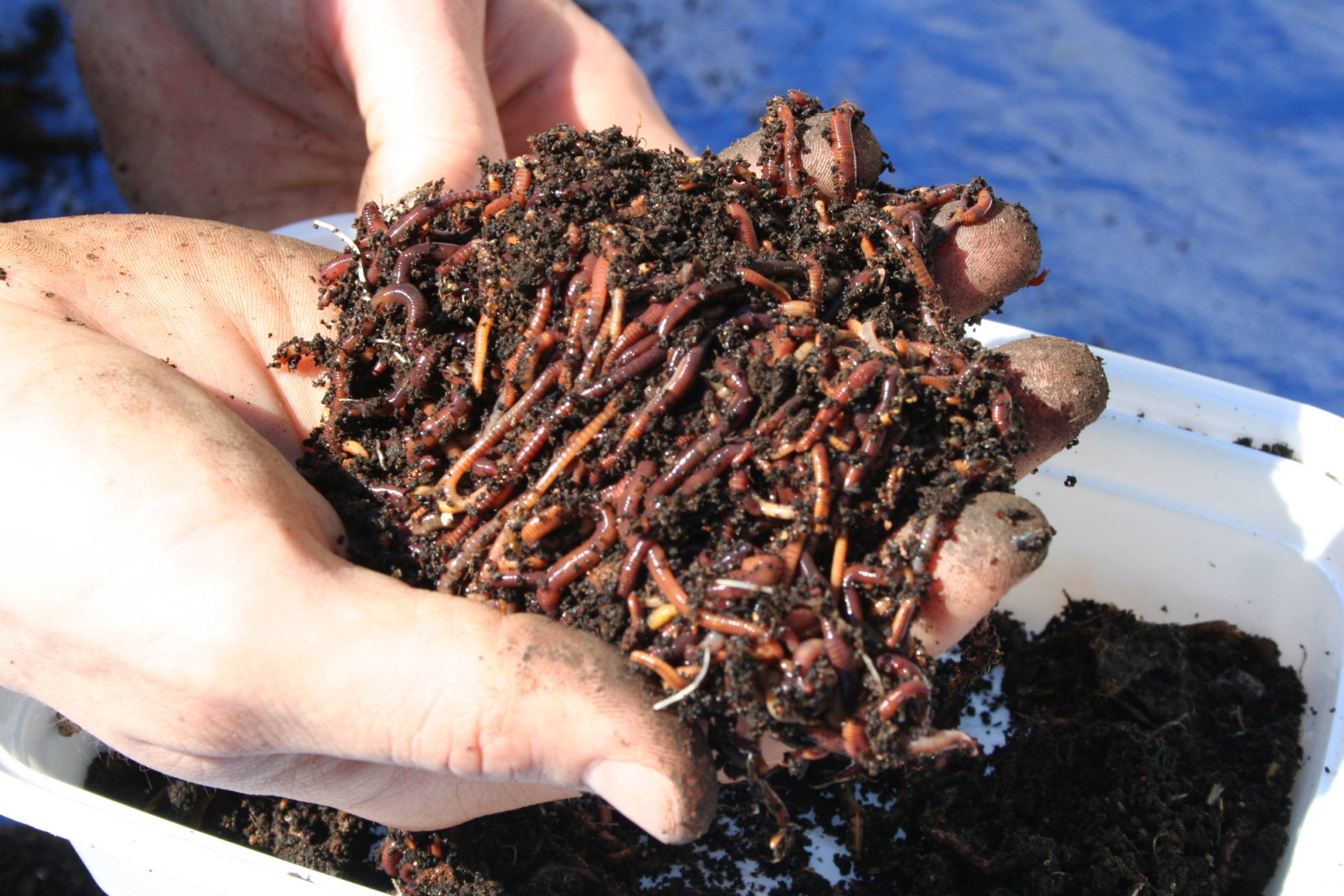Vermicomposting is a type of composting that uses worms to decompose organic waste and convert it into nutrient-rich soil. It is a sustainable way to reduce waste and improve soil fertility, and it can be done on a small scale in homes, schools, and community gardens. In this blog post, we'll explore the process of vermicomposting and discuss the benefits of this eco-friendly method of waste management.
The process of vermicomposting begins with the collection of organic waste such as food scraps, yard waste, and paper products. These materials are placed in a container or bin along with worms, which feed on the organic matter and convert it into nutrient-rich compost. The worms used in vermicomposting are typically red worms or red wigglers, which are well-suited to this type of environment.
The worms consume the organic waste and excrete a nutrient-rich material known as worm castings, which can be used as a natural fertilizer for plants. Vermicomposting is an efficient and sustainable way to recycle organic waste, as it reduces the amount of material that ends up in landfills and reduces the greenhouse gases that are produced during decomposition.
In addition to producing nutrient-rich compost, vermicomposting has a number of other benefits. It can help to improve soil structure, increase water retention, and suppress plant diseases, making it an effective tool for sustainable agriculture and horticulture.
Vermicomposting is a simple and effective way to reduce waste and improve soil fertility, and it is a sustainable alternative to traditional methods of waste management. By understanding the process of vermicomposting and the benefits it offers, we can all contribute to a more sustainable future.
Keywords: vermicomposting, composting, organic waste, nutrient-rich soil, sustainable waste management, red worms, red wigglers, worm castings, natural fertilizer, soil structure, water retention, plant diseases, sustainable agriculture, horticulture.

